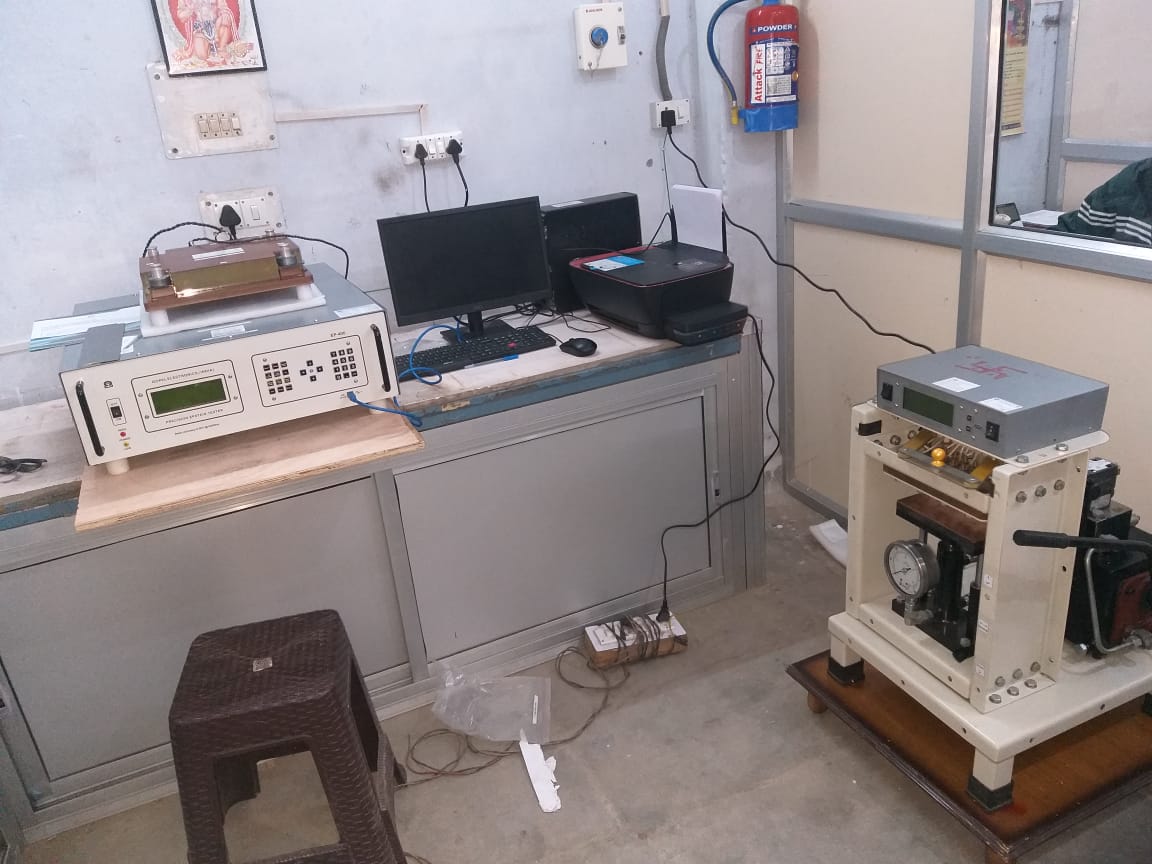Let’s Start Work
Together
Please feel free to contact us. We will get back to you with 1-2 business days. Or just call us now.
Electrical Stamping & Lamination
Electrical Stamping & Lamination are made of Steel Sheet
Electrical steel (E-steel, lamination steel, silicon electrical steel, silicon steel, relay steel, transformer steel) is an iron alloy tailored to produce specific magnetic properties: small hysteresis area resulting in low power loss per cycle, low core loss, and high permeability.
Electrical steel is usually manufactured in cold-rolled strips less than 2 mm thick. These strips are cut to shape to make laminations which are stacked together to form the laminated cores of transformers, and the stator and rotor of electric motors. Laminations may be cut to their finished shape by a punch and die or, in smaller quantities, may be cut by a laser, or by wire electrical discharge machining.
Electrical steel made without special processing to control crystal orientation, non-oriented steel, usually has a silicon level of 2 to 3.5% and has similar magnetic properties in all directions, i.e., it is isotropic. Cold-rolled non-grain-oriented steel is often abbreviated to CRNGO.
Cold-rolled Grain-oriented electrical steel usually has a silicon level of 3% (Si:11Fe). It is processed in such a way that the optimal properties are developed in the rolling direction, due to a tight control (proposed by Norman P. Goss) of the crystal orientation relative to the sheet. The magnetic flux density is increased by 30% in the coil rolling direction, although its magnetic saturation is decreased by 5%. It is used for the cores of power and distribution transformers, cold-rolled grain-oriented steel is often abbreviated to CRGO.
CRGO is usually supplied by the producing mills in coil form and has to be cut into “laminations”, which are then used to form a transformer core, which is an integral part of any transformer. Grain-oriented steel is used in large power and distribution transformers and in certain audio output transformers.
CRNGO is less expensive than CRGO. It is used when cost is more important than efficiency and for applications where the direction of magnetic flux is not constant, as in electric motors and generators with moving parts. It can be used when there is insufficient space to orient components to take advantage of the directional properties of grain-oriented electrical steel.
Non-grain-oriented electrical steel (NGOES) is mainly used in rotating equipment, for example, electric motors, generators and over frequency and high-frequency converters. Grain-oriented electrical steel (GOES), on the other hand, is used in static equipment such as transformers.
Testing of Electrical Steel Sheet
Epstein Testing: Electrical steel is measured for core loss and permeability using a Gopal Epstein Tester automated test system Epstein test frames, multiple Tesla and frequency inputs based on ASTM 343, IEC:60404-2 & BIS: 649 test method standard.


Single Sheet Testing (SST): Each coil of electrical steel is measured for NLL (no load losses) and permeability using a modern SST. This equipment is capable of measuring domain refined electrical steel.As per IEC 60404-3 test methodstandard.


Franklin Testing: A unique method of testing single strips of flat rolled electrical steel for surface insulation resistance under pre-determined voltage, temperature and pressure conditions.As per IS:649, ASTM:717 test method standard.


Our Solutions & Benefits
We provide Steel Sheet Testing Equipment, which is widely used in Transformer EI Lamination, Motor Stamping & Transformer Core Manufacturing Industries. We provide better solution for better quality of Testing Equipment. Our Products are robust, reliable and easy to opearte.
- Transformer & Motor Manufacturing Industries
- Stamping & EI Lamination Manufacturing and Trading
- Calibration Lab, Quality Department, EV Sector, NABL Lab etc.
Watt loss measurement by Epstein Bridge method using Epstein Tester.
Epstein bridge test method is a fundamental method for evaluating the magnetic performance of flat-rolled magnetic materials in either sheared or stress relief annealed condition. This test method is suitable for design, specification acceptance, service evaluation, and research and development.
Watt Loss Testing by Single Sheet Test Method.
In this Method Sensor Probe is used.
The SST 500x500 is Big Probe and it can be attached as probe to Ep400 Main unit and user can test specific total loss, specific apparent power, and r.m.s value of magnetic field strength as well as B/h curve in the software.
Another probe is Small Probe method. The Digital Single sheet iron loss tester which is useful to evaluate iron loss of electrical steel sheet CRGO, CRNO material and suitable for testing EI lamination, Motor Stamping, Fan motor stamping etc. Single sheet tester is suitable for tentative evaluation of sample, how ever for precision measurement user can go for Epstein Tester.
Surface Insulation Resistivity of Electrical Steel Sheet.
Gopal make Franklin Tester Model FT-2 is designed as per IS:649 & ASTM:717 Standard to measure insulation resistivity of electrical steel sheet. It requires precision & noise free DC regulated power supply and equally distributed pressure on electrode. FT-2 regulated power supply provides 0.5000V with 0.1% accuracy over load and no load. Most of national and international standard has specified only 0.5%, means FT-2 is equipped with five time better accuracy than required.
What is Included
We have invented & developed singe sheet test method in
year 1995.
Steeler™ is an emerging programme built on five years of work to define and promote steel that has been produced and sourced responsibly. The Australian Steel Stewardship Forum initially developed the concept.

